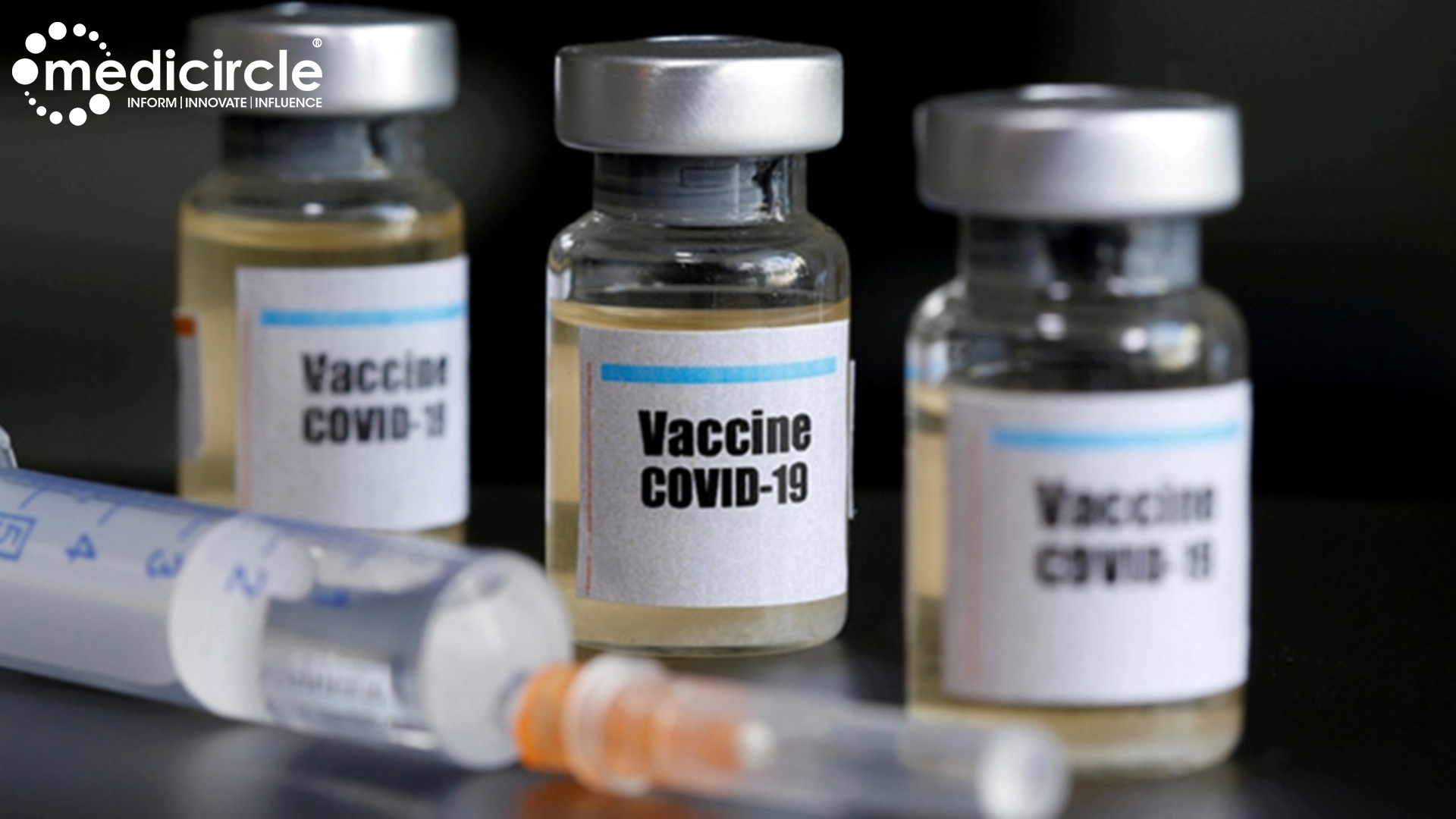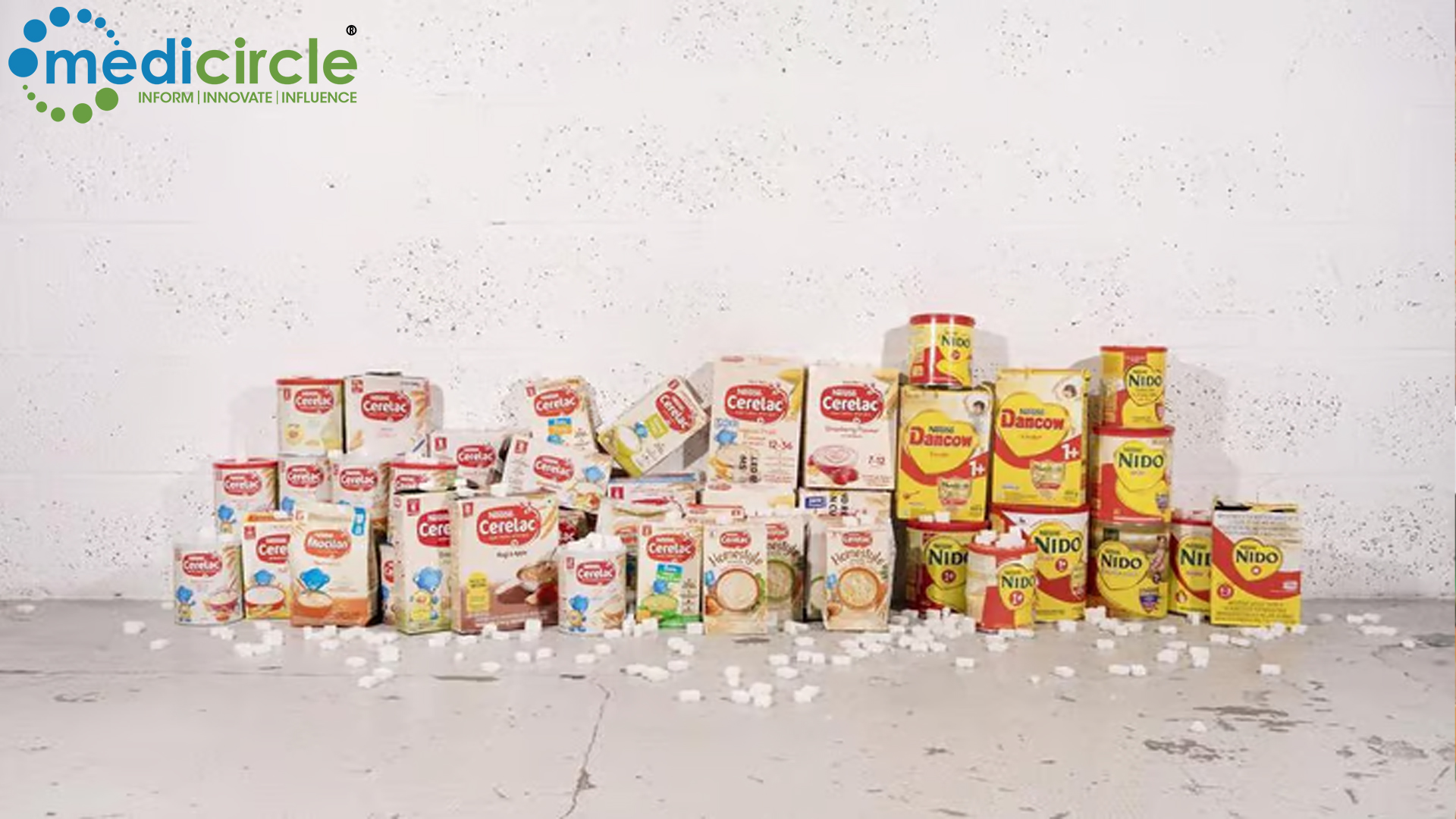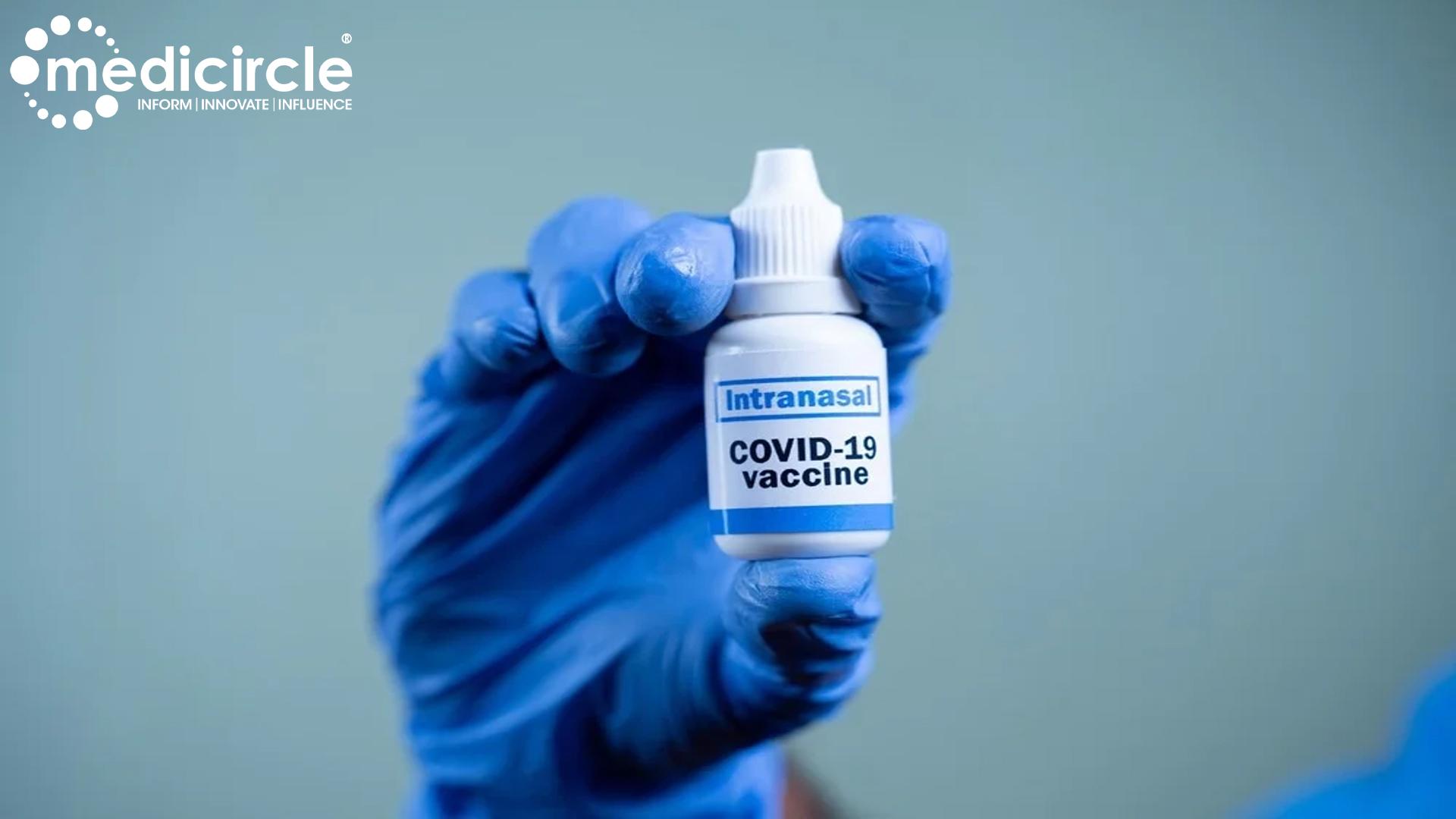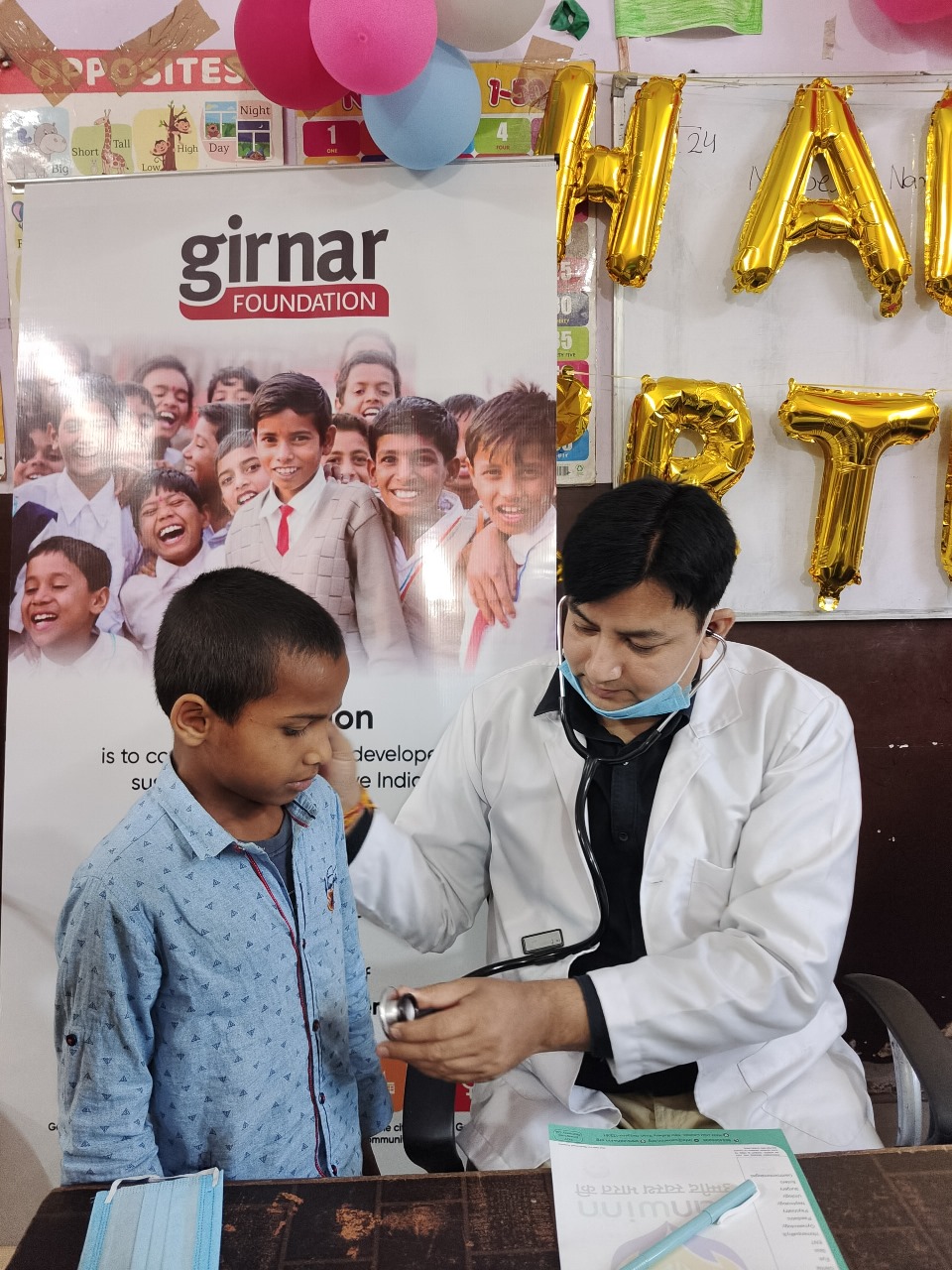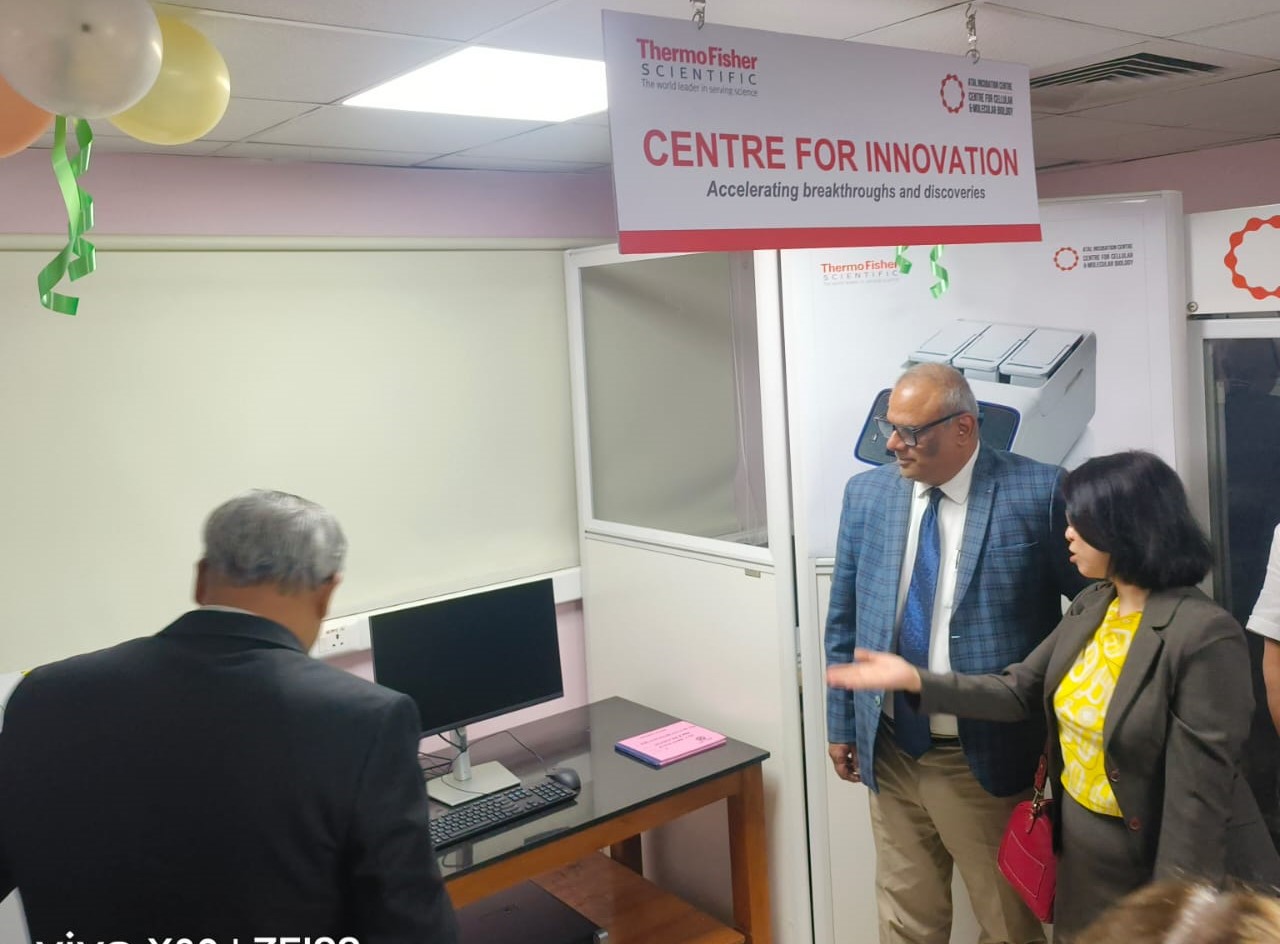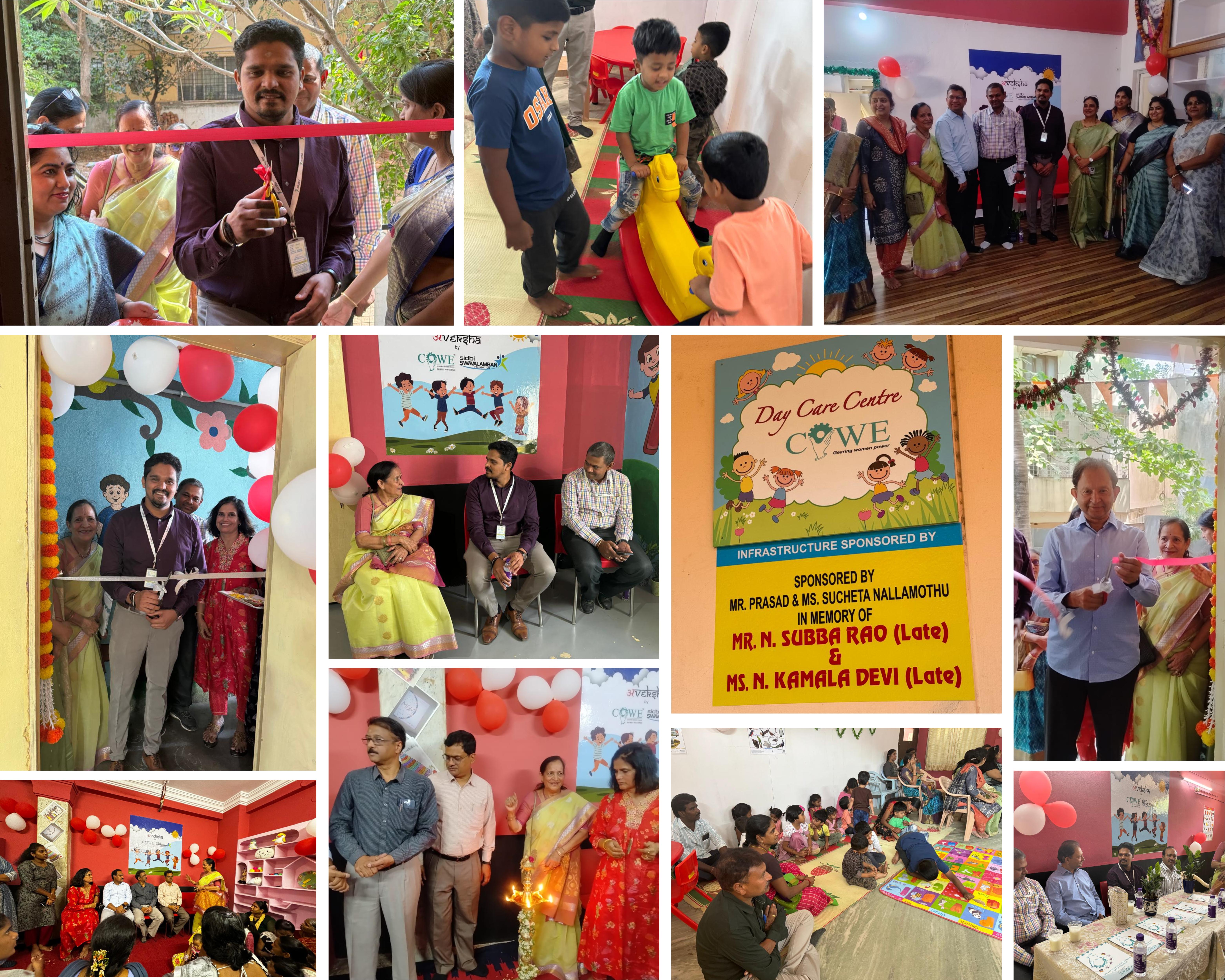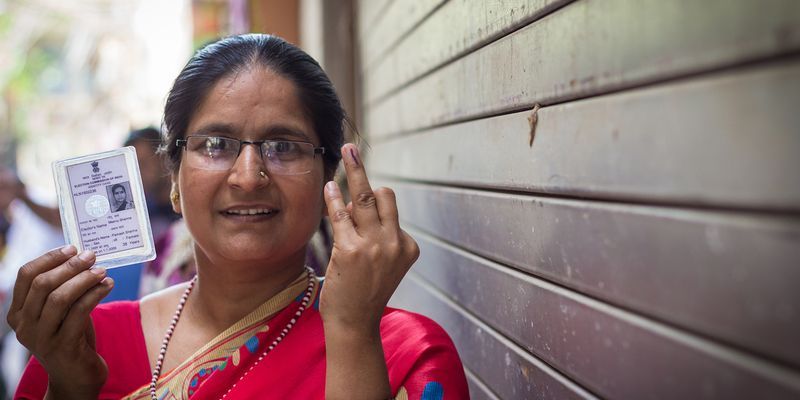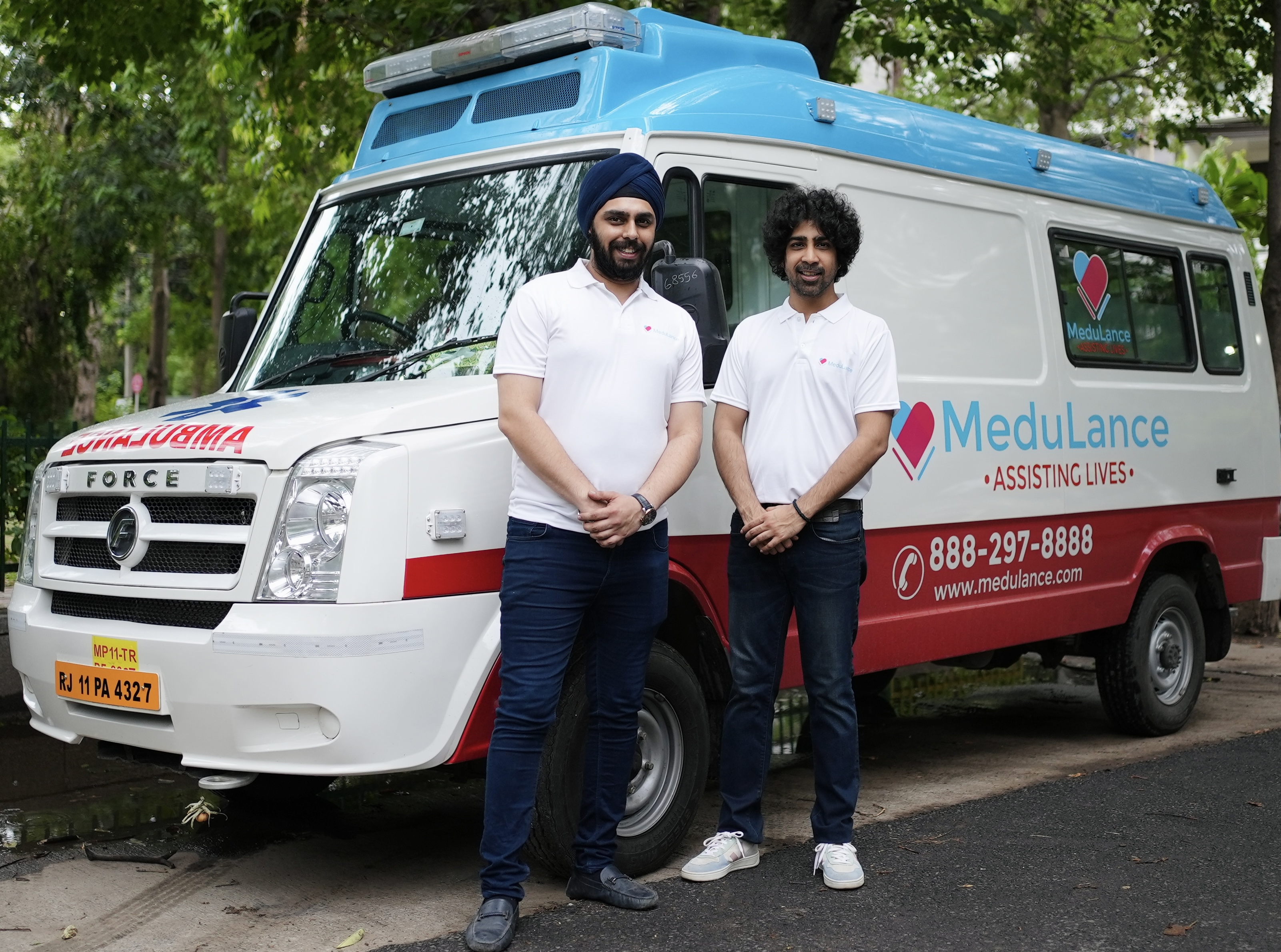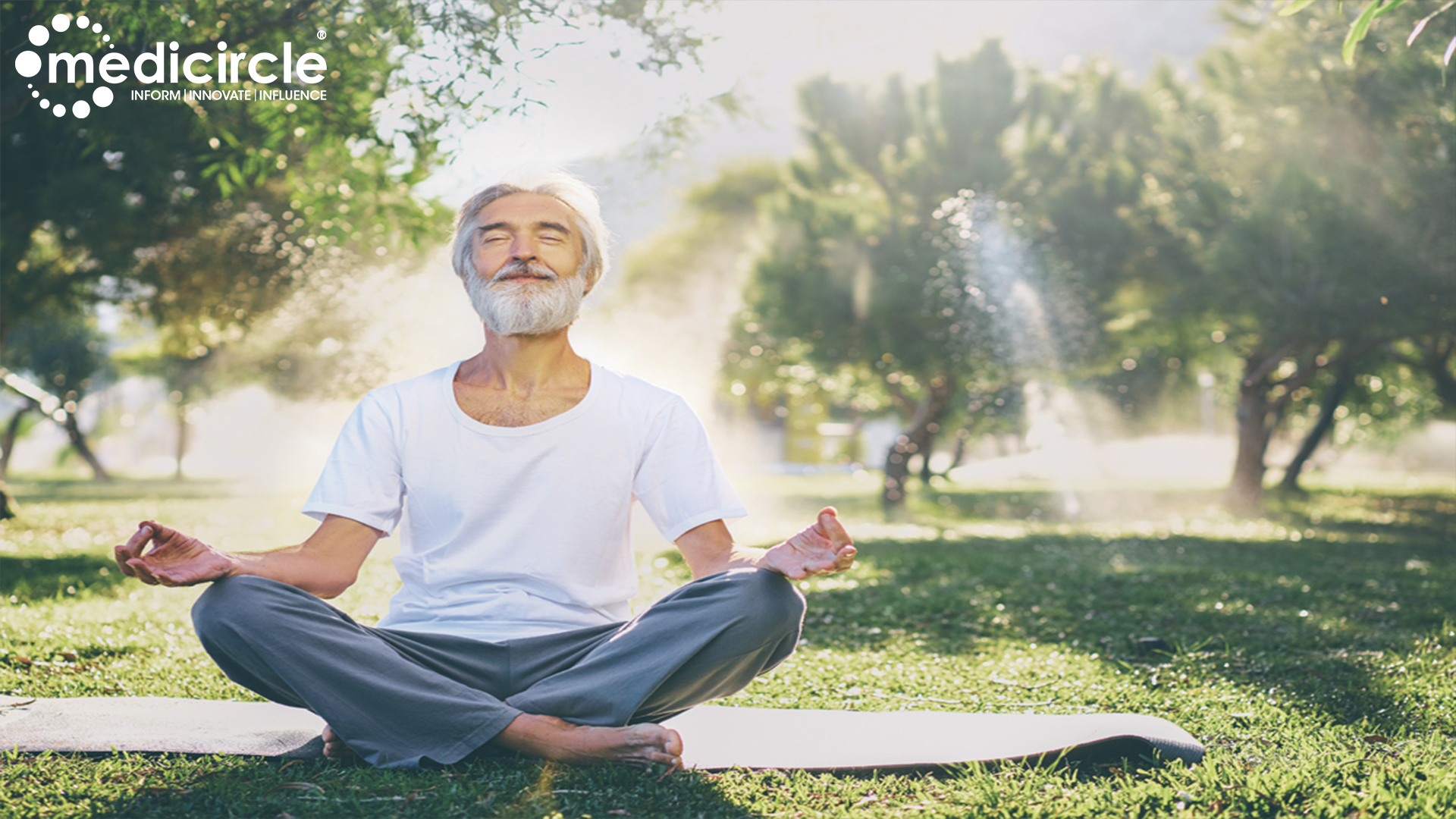Physiotherapy is an important component of orthopaedic treatment. In fact, it is often one of the first steps in addressing an injury. The primary goal of physical therapy is restored function and a return to activity—but these things are often a by-product of the larger rehabilitation process. Physical therapists blend their knowledge about surgical procedures and rehabilitation and provide customized care. There are only 5,000 qualified physiotherapists in India whereas according to the World Health Organisation (WHO) there should be one for every 10,000 citizens. Consequently, according to WHO norms there is a shortage of 95,000 physiotherapists in India.
World Physiotherapy Day started on September 8 in 1996. The day marks the solidarity of the global physiotherapy community. We at Medicircle are conducting the World Physiotherapy day Awareness Series in order to raise awareness about the importance of physiotherapy and the role physiotherapists to play in keeping people fit and well.
Dr. R Harish Kumar is a physiotherapist at Sai Healthcare Foundation since 2008 at Mylapore, Chennai. He treats patients on orthopaedics, neurology, sports injuries, cardiac rehabilitation, post-fracture management, post-cancer management, post-surgical management, Ergonomic corrections, posture corrections, and more. He conducts free physiotherapy awareness camps at frequent intervals to bring awareness to the public and in society. He has published his first book on physiotherapy in Tamil named ‘’valigallai vellalam’’ and this is the 2nd Tamil book in physiotherapy for the general public. He was awarded Dr. A.P.J. Abdul Kalam Award for the year - 2016 by Coimbatore Physiotherapy Doctors Association for his work towards the kids and students welfare through his Kids Arogya program. He has been awarded Best Physiotherapist award 2017 in Tamilnadu by Salem zone of physiotherapy association
Physiotherapy and its Techniques
Dr. Kumar begins, “Generally, the public has no clue about physiotherapy and the techniques it uses. Physiotherapy is a medical science where we use electrotherapy modalities to reduce pain and discomfort without the use of any drugs. So no form of pharmaceutical medicine is prescribed or given by any physiotherapists. Physiotherapists use electrotherapy modalities to heal the condition, treat the condition, and recover the patient. So we use forms of heat therapy or micro-vibration therapy and other therapies.
We have basic physiotherapy and advanced physiotherapy and based on what we speculate, we give the right treatment. Usually, we deal in treating the muscles but new advancements have made it possible to treat at the cell level, that is, treating the cell biology. The main advantage of physiotherapy is it doesn't have any side effects. This is mainly because once you take the treatment your body is starting to get back to its normal process. The main concept of physiotherapy is to bring your body's regular process back. When the normal process is restored, there will be some turbulence in the body. Many people think this disturbance is the side effect of the treatment. It is not the side effect just the body getting back to its normal state.”
Physiotherapy and Covid
He says, “Physiotherapy played a vital role in COVID and post-COVID cases. Especially in prevention. We have trained the lung performance of our patients which improves your lung if it gets infected. So for preventive treatment management post-COVID, physiotherapy has played a vital role. The pandemic has made it possible for us to show our expertise. That is how everyone's focus started to come. Even WHO started to recognize us on a different level. So yes, the COVID-19 has given the limelight on us and changed the scenario.”
Physiotherapy vs Osteopathy?
He explains, “Physiotherapy is a form of medicine, where we treat with electrotherapy modalities like heat, vibration, and other forms. Osteopathy is a form of alternative medicine therapy where we use massages and other hands-on techniques to treat the visceral organs like the stomach, liver, kidney, and others. The hands-on technique to treat the visceral organs is the key difference between physiotherapy and osteopath.
There is also another practice called chiropractic. These three things are pretty similar with only a slight difference between them. Chiropractic is a practitioner who works mainly on the joints and gives thrust treatment. So he/she gives certain high volume thrusts on the joint to create an impact to open up the joints. For example, if with the neck they are opening the C4 and C5 joints, then they should get the click in one go. If they are not getting it at once then they are not allowed to do it repeatedly as it can create micro-damage to the tissues."
Is it okay to crack joints?
Dr Kumar advises, “A professional chiropractic will know how much thrust has to be given and how to give it. But when you go to a barber’s saloon and they do their technique, that is not advisable. Every form of medicine has its own limitations. We have to accept limitations and we have to work within those boundaries. Chiropractic has limitations. Osteopathy has limitations, even physiotherapy has its limitations. We physiotherapists cannot treat every injury. For instance, if a person with a heart attack comes, then I will first advise his/her to seek a regular form of medicine. Once he/she gets treated with the surgery they can come to me for rehabilitation."
What care should physiotherapists maintain?
He suggests, “We have our boundaries in place. We have certain guidelines which we follow. Once the patient comes to us we take their data regarding their contact details. After that, we do an assessment. In that assessment, we note down the person’s medical history. This includes their cause of pain and other related details. If they have done MRI or X-ray then we take those details into consideration otherwise we recommend them to take these tests based on their condition.
Moreover, we perform clinical tests in the clinic for every condition from head to toe. For example, if a patient is coming for giddiness we can find out whether it is an ENT problem or a musculoskeletal issue. If it is something that can be treated with physiotherapy then we do it. Otherwise, we send the patient to an ENT. Before giving the treatment it is my duty to educate and make the patient aware of what treatment I am doing and what it is treating. Once the patient understands, then they will be able to tell if the treatment is working positively or negatively."
Busting Physiotherapy Myths
He explains, “Many ask the question of whether we can go and see the therapist directly. The answer is ‘Yes. One can see a physiotherapist like any other medical practitioner. Many use Google to answer their questions, don’t do it. The patient can ask us, physiotherapists, questions if they feel the treatment is not working. They are paying for their pain to go away, so the patients have a right to ask why the treatment is not working. Check the credibility of the physiotherapist. Every healthcare professional is magical, whether you are in the right hands is the main point.”
(Edited by Priyal Shah)
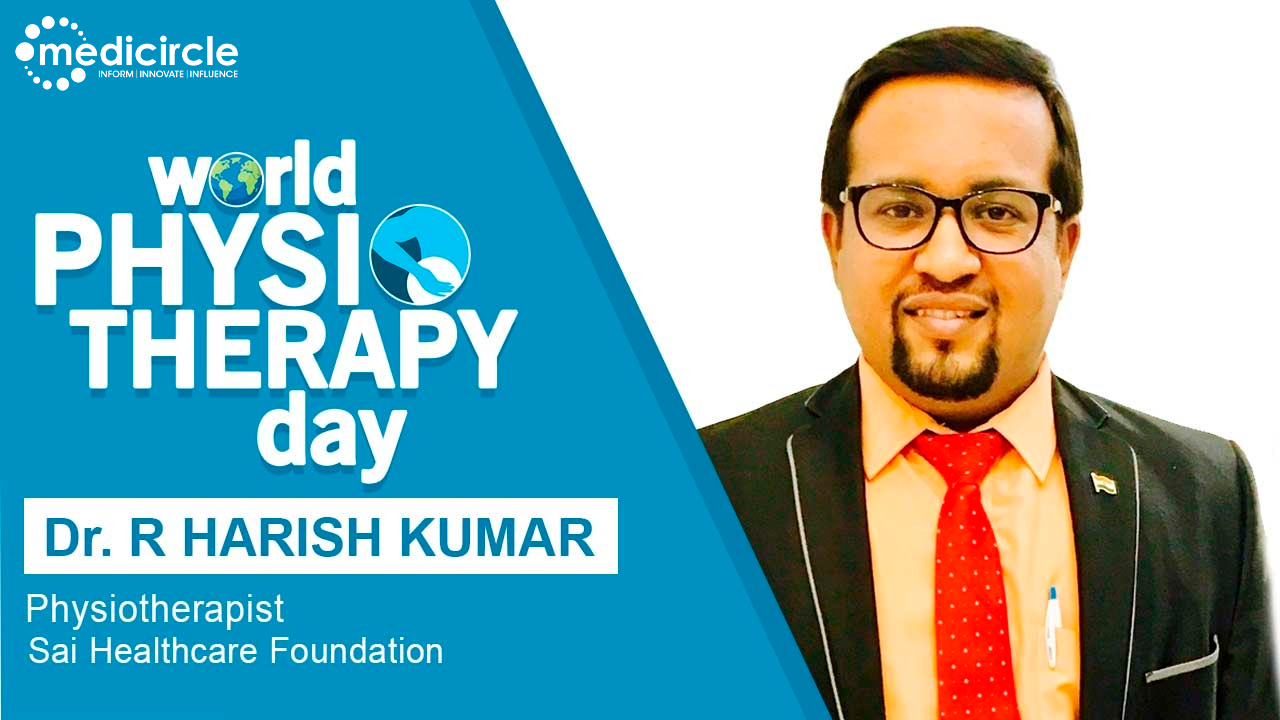
 From cracking one's own joints to the difference between physiotherapy, osteopathy and chiropractic. Read to find out more from Dr R Harish Kumar.
From cracking one's own joints to the difference between physiotherapy, osteopathy and chiropractic. Read to find out more from Dr R Harish Kumar.

















